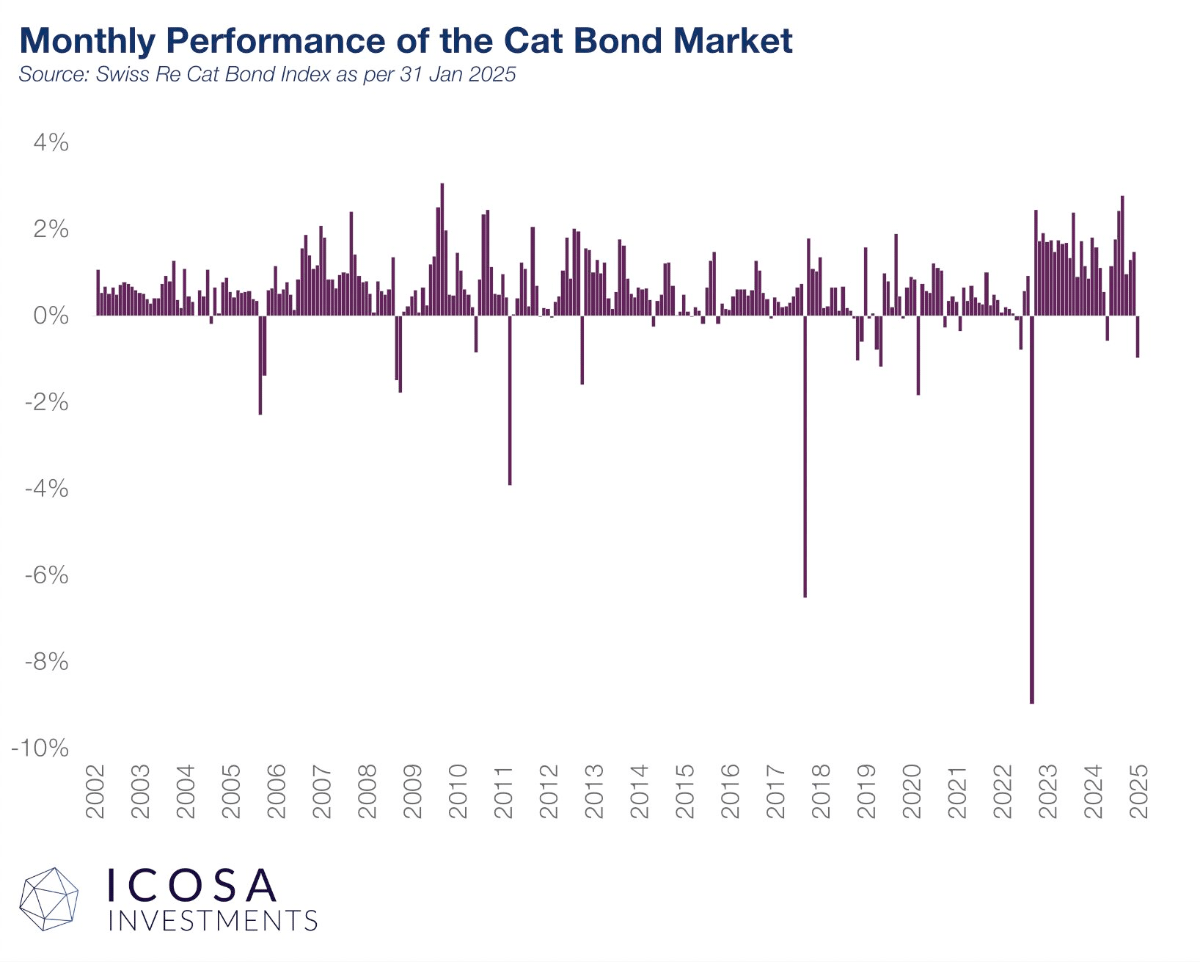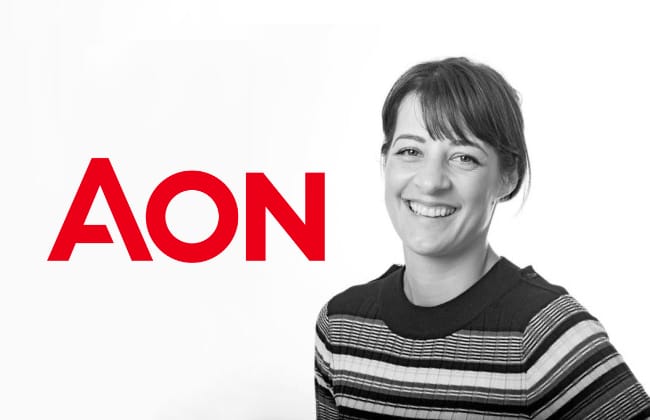A new study by specialist manager of catastrophe bond and insurance-linked securities (ILS) funds, Plenum Investments, has revealed that a lower expected loss of a portfolio should not always be considered a key indicator of a fund’s level of risk, in comparison to other funds.
 The specialist manager also highlights how different risk models that are used across the reinsurance market, such as those from AIR Worldwide and Moody’s RMS, can have an effect on this too, due to the fact that expected loss figures can be different from one model view of risk to another.
The specialist manager also highlights how different risk models that are used across the reinsurance market, such as those from AIR Worldwide and Moody’s RMS, can have an effect on this too, due to the fact that expected loss figures can be different from one model view of risk to another.
Plenum recently released a new market survey report, which examines how fund managers deal with the characteristics and challenges of the cat bond market.
In the study, the ILS manager analysed 16 UCITS fund portfolios to compare risk levels.
Moreover, Plenum notes that cat bond investors rely on natural catastrophe risk models to determine the probability of default and the potential write-down of cat bonds.
“This is typically measured as Expected Loss, i.e. the expected average write-down of a cat bond over a 12-month period. As long as the expected risk compensation is greater than the Expected Loss, the expected return of the investment is positive. However, allocation decisions based on the compensation to Expected Loss ratio do not necessarily produce optimal results at the portfolio level,” the firm said.
Moreover, the cat bond market is essentially dominated by US risks, such as earthquakes, hurricanes, tornadoes, or other severe weather events, and quite often, these risks are bundled and then transferred to the capital market.
“This increases the correlation of CAT bonds between each other and therefore one event could potentially trigger write-downs of several positions in a portfolio. But these CAT bonds have usually the most attractive risk premiums relative to their respective Expected Loss,” Plenum said.
Adding: “In order to solve this problem, investors need to apply a risk measure that explicitly considers the correlation of different positions. The Value at Risk (VaR), which is calculated by risk modelling, provides investors with a risk measure that can be used to represent the probability and amount of the Expected Loss of a portfolio. The value at risk can be limited at the portfolio level by careful selection and combination of different, uncorrelated or weakly correlated positions. It is essential that the portfolio manager has the appropriate analytical skills and experience in assessing positions and is able to purchase CAT bonds selectively on the market.”
Moving forward, the specialist manager explains that while there is a variety of fund data available across the cat bond fund segment, “the comparability of their risks and the affiliation of a fund to a homogeneous risk-return profile cannot be seen at first glance.”
“As of today, there is no standardized risk metric in the CAT bond fund industry. We note that a number of funds either report only inadequate or no risk metrics at all. In most cases it is unclear how fund managers calculate their risk metrics,” Plenum added.
“Although independent vendor risk modelling systems exist, some fund managers use proprietary models, deviate from them or use different assumptions on the same vendor model. In the reinsurance market, the risk models of Moody (RMS Miu) and AIR are most commonly used to calculate the probability of default of CAT bonds which, however, are based on different calculation bases, making results difficult to compare. Vendor modelling systems could therefore calculate significantly different values depending on the assumptions used.”
Further into the report, Plenum highlights how there are a number of differences in terms of how fund managers report and calculate risk.
A key example is how some funds are reporting a much lower VaR, as coupon income is included in their calculation. Whereas, with other funds, it’s more unclear as to whether coupon income has been included in their calculations at all.
Similarly, discrepancies in Expected Loss values are also highlighted, which according to the specialist manager, suggests variations in the assumptions or models used, which further emphasizes the lack of standardisation across the industry.
Plenum’s study also reveals that there is a “significant heterogeneity in fund positioning.”
While a number of funds are aligning more closely with market averages, others are taking a more aggressive approach, ultimately increasing their risk exposure to pursue higher yields.
In fact, the firm notes that a clear positive correlation emerges between expected loss and yields, where certain funds have stood out by achieving efficient risk-return balances, maintaining competitive yields with lower expected loss.
“Between December 31, 2023, and June 30, 2024, shifts in positioning further emphasize these dynamics. Funds such as Echo and November moved into higher-risk territories, driven by exposure to North American windstorm risks, while others, including Oscar, Lima, and Plenum Dynamic, reduced both VaR and Expected Loss, signaling a shift toward greater stability. Meanwhile, relatively stable funds like Charlie, Bravo, and Juliett may still underestimate risks due to reporting lags or methodological inconsistencies,” Plenum added.
Plenum concludes, by suggesting that adopting expected loss and VaR as benchmarks, alongside uniform reporting dates and asset-level disclosure, could help improve comparability and risk assessment across funds.





















 English (US) ·
English (US) ·